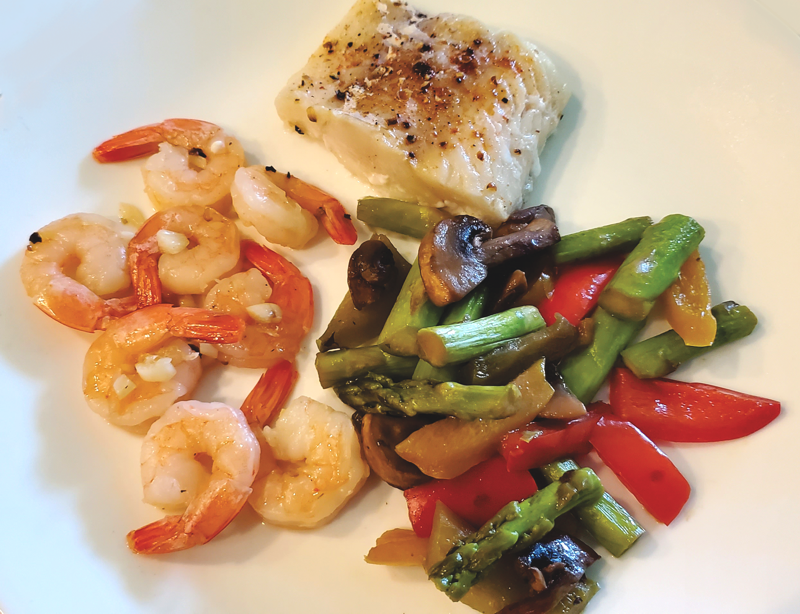OVERCOMING
FITNESS PLATEAUS
Apply the F.I.T.T.E technique to revamp when your fitness progress is stuck. Here are the basic principles but we'll take it a few steps beyond.
You’ve been working out for weeks but now you are stuck. You haven’t seen any significant weight loss change and your strength progress seems stagnant. What should you do? Most people will choose to increase frequency by exercising more often but that’s just a corner piece of the larger puzzle. Our brain and bodies were given this great ability, the ability to learn and adapt quickly. Repetitive movements become easier based on these constant neural receptor connections from the brain to the muscles. As muscles becomes stronger it allows performance to become more efficient. We can refer to this as muscle movement at full adaptation, in other words you’ve reached a plateau.
In order to break these barriers, the logical answer is to develop new neural connections by confusing your muscles to think that the exercise effort is still new. In most personal training certifications, we learn how to implement a standard process called F.I.T.T. (Waehner, 2020) and F.I.T.T.E. I found this process useful but it still lacked true substance. With that said, I will discuss how we can take this process a few steps further.
 Shortening rests between sets is a method used to improve endurance
Shortening rests between sets is a method used to improve endurance Add fun outdoor recreation to enhance physical abilities
Add fun outdoor recreation to enhance physical abilities  Photo: Cindy Wilson.
Photo: Cindy Wilson.  Photo: Monica Rea.
Photo: Monica Rea. WHEN F.I.T.T.E. IS NOT ENOUGH
I mentioned above that most clients usually cannot commit to increase workout frequency and have trouble exercising a different time of the day they are use to. So we might as well change this article to just I.T.E. (Intensity, Type and Enjoyment) right!? Only three of the five tools within the traditional F.I.T.T.E. are feasible in today’s society. How about we add more alternatives?

When you haven’t made much progress after 6 consecutive workouts, take some time to review the entire program and see what may be missing. Repair all the broken parts first before deciding to add new parts. Then you can apply some of these methods to re-accelerate your fitness progress. Keep in mind when dramatic changes are made to your fitness program, getting advice from our physician is always highly recommended. Overcoming obstacles is a regular part of life so don't give up too easily!